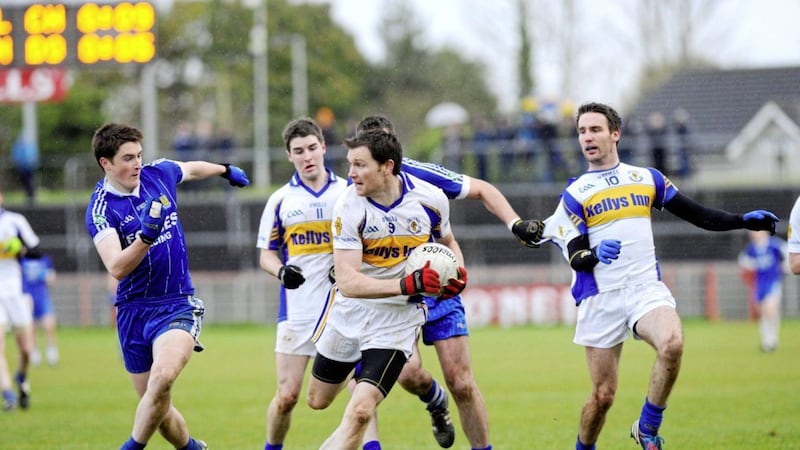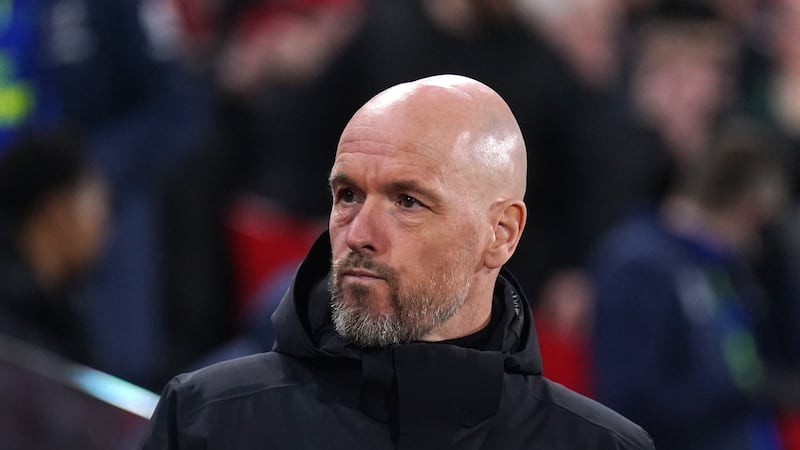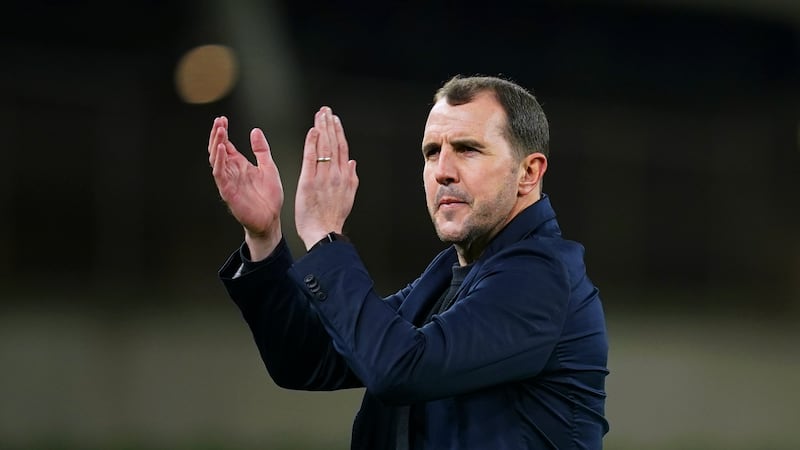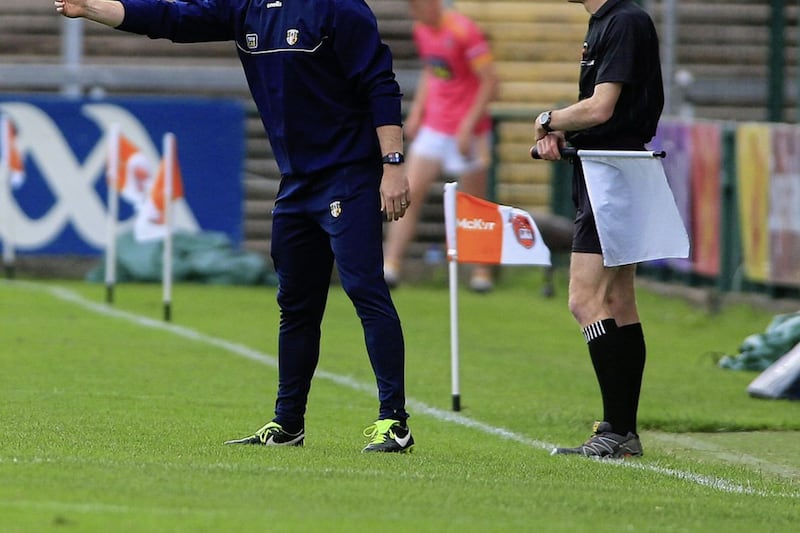Like many other men of a certain age I have found myself in a skin-tight lycra outfit perched atop a machine powered only by my own two legs.
The saddle and wheels, hard, skinny and unforgiving bear little resemblance to the somewhat soft, less skinny and certainly more generous shape of their rider.
Yet the couple of hours negotiated from the boss at home still feel like time well spent.
The dual benefit of the camaraderie of the cycling group, where a thick skin is as necessary as a well-padded derriére, and the exercise do much to explain the ongoing surge in cycling’s popularity.
Of course it doesn’t take much time on the bike to come across a less bonhomie view.
Cycling out from Clogher towards Monaghan just a few weekends ago the throaty rasping sound of a V8 engine came up behind us.
The mere thought of being stuck in behind us made the young driver pull out and roar past us on a blind corner, horn blaring and hand gestures waving.
Having invested so much in their Seat Leon’s exhaust system I could understand their frustration at the thought of being made crawl behind some cyclist for the 30 seconds that it may have taken to more safely pass.
Such an incident will be familiar to anyone who has spent any time on a bike.
The frustration though is a two-sided coin.
While not all car drivers are cyclists, like county players all cyclists are usually drivers.
They too will have experienced getting caught in behind a cycling group at an inopportune time when they have somewhere to be and not a lot of time to get there.
At such times the sight of a group of riders is a heart sink even for the most avid cyclist.
Hit upon two or three in the same car journey and patience can wear thin.
At such a moment, little things like cyclists not making partial use of a good hard shoulder or riding three-a-breast, can be hard to take.
The driver versus cyclist issues are multiplied in cities where space is tighter and disregard for etiquette and rules even more commonplace.
Yet the whole phony war simply reflects a basic lack of consideration and respect between the two sides.
Like the driver v cyclist rows, the club v county issues that continue to besiege the GAA seem borne out of lack of understanding and respect.
Yet it is such a permanent source of angst that even in this year of historic strangeness we have ended up back in our familiar club v county corners.
The mindset that somehow county players are best developed only at county training is a pernicious idea that insults the club game.
Not dissimilar in its ignorance however is the concept that the county game takes away from the club scene.
A case in point is the constant battle by clubs to engage the next generation and maintain membership numbers.
Yet the surges in underage numbers and club memberships that are seen when a county team is going well testify to the direct positive impact county success can have for clubs.
It is not a chicken and egg scenario though. Club does come first.
A strong club, and for that matter, school scene, is the foundation from which a decent county squad can be formed.
From there anything is possible.
Of course an over-zealous club scene, where pride or ambition on the county front is perceived as a weakness that hinders club success, will handicap any chance of county success.
Similarly, a strong county team that separates the star players from their clubs and treats the club game like a thorn in their elite sides, will only be a negative to the club game.
To this end, whilst the balance hasn’t always been perfect, my own county’s maintenance of a ferociously-strong club scene with a top-level county team has become one of its proudest calling cards.
With a bit of give and take, both sides can exist in a mutually-beneficial relationship.
For example in the present COVID fixture and training plan, I firmly believe that county teams have little to gain from pulling players away from their clubs when there is over three months until they see serious action.
Similarly however I see no reason that, players knocked out of their club championship, should be prevented from linking up with their county group prior to the 14th September or, if they progress in the championship beyond that point, that they should not attend one night a week with the county team so long as there is allowance of their club commitments.
This year’s club championship should be seen as a useful barometer for county managers in determining which players might have what it takes.
I’m not necessarily talking about 'Man of the Match' performances, I’m talking more about a player’s leadership and decision making at critical junctures in games.
The ability of their skills to hold up when the pressure and fatigue are at their greatest.
The courage to go looking the ball with the game on a knife edge or to maintain discipline and resolve no matter what the distractions.
It is true that not all great club players make county men and vice versa, but I would argue that a player lacking the above attributes playing for their club can hardly be relied upon to produce the goods in for the county.
By letting the players focus fully on their clubs a county manager would indicate the value being placed on the club game.
Alternatively by pulling players in both directions a county management would inevitably be indicating to their players that the club thing is child’s play and that it’s the big boy stuff with them that really counts.
Again it seems like the whole COVID situation and the hard questions it has posed brings with it a dose of perspective and the potential for a fresh start.
Maybe in the years ahead, a county teams resources, such as coaches, strength and conditioning, data analysts, dieticians, sports scientists, psychologists, etc. could act like consultants, part paid for by the county senior team, to help club teams.
Improving the broad base of club football within a county should have a mutually-beneficial relationship for the county team.
There are interesting glimmers on this front.
In Mayo, instead of county training, members of James Horan’s back-room team have been attending club sessions and holding webinars with club managers.
A rising tide lifts all boats.
In reality both county and club games are fantastic things in their own right.
Both should be able to co-exist not even side by side but intertwined and beneficial to each other.
The stress of chasing results has made both sides of the game increasingly oblivious to the others positive attributes.
A lack of respect has festered and needs lanced before it causes irreparable damage by leading us down the nonsense path of semi-professionalism and/or completely separate games.
Like a cyclist facing into a daunting climb the challenge is not insurmountable.
As a wise man once said, 'it’s just a hill, get over it.'








